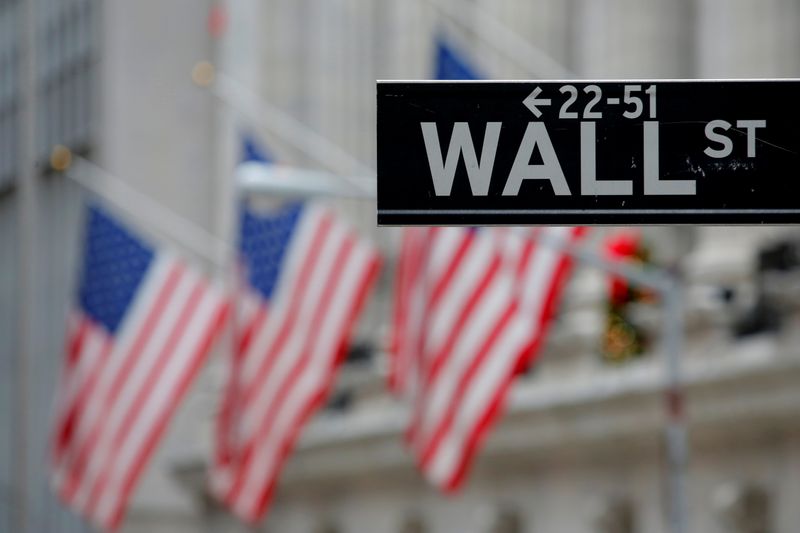1/MORE PITFALLS
It has been a year many would prefer to forget and a month of 2020 still remains — one replete with events that could trip up markets. Here they are:
Dec. 1: A month before the UK-EU transition deal ends.
Dec. 8: Deadline to complete U.S. state-level vote recounts and court contests over the election.
Dec. 10: European Central Bank meets and should increase emergency stimulus.
Dec. 11: U.S. government funding lapses unless lawmakers agree a 12-bill spending package.
Dec. 10-11: EU council meeting. Issues are Brexit and the risk that Poland and Hungary will scupper an EU stimulus spending plan.
Dec. 14: The U.S. electoral college votes, with the risk that some “faithless” electors break the rule requiring them to vote in line with the popular vote.
Dec. 15-16 – U.S. Federal Reserve meets. Will it expand bond-buying or signal a yield cap?
Dec. 28: European Parliament could vote on any Brexit deal.
Graphic: Sterling rollercoaster https://fingfx.thomsonreuters.com/gfx/mkt/bdwvklmajpm/gbp.PNG
2/HARD WORK
An explosion in new COVID-19 infections and business restrictions have been undermining the U.S. labour market recovery so Friday’s November payrolls figures will be closely watched.
Last month saw 638,000 new jobs amid signs the economy was healing from the pandemic-induced downturn. But it was the smallest gain since the jobs recovery started in May and left employment 10.1 million below its February peak.
November is likely to be the seventh straight month of jobs gains, but expectations are that only 520,000 jobs were added.
-U.S. weekly jobless claims rise as COVID-19 infections surge
-U.S. consumer spending rises; income falls in October
Graphic: U.S. Non-farm payrolls https://fingfx.thomsonreuters.com/gfx/mkt/dgkplakbdvb/Pasted%20image%201606237053920.png
3/ROLLOVER OPEC
OPEC and its allies had been due to raise oil output by 2 million barrels per day (bpd) from January to ease the record supply cuts that were implemented as crude prices slumped earlier in 2020.
But when the group — known as OPEC+ — meets on Nov. 30-Dec. 1, it is expected to delay those output increase plans by at least three months.
While crude futures have rallied to eight-month highs near $50 a barrel, OPEC+ is reportedly still considering delaying the increase because rising Libyan production and continued restrictions on movement are seen capping energy prices.
Sources tell Reuters a rollover of current 7.7 million bpd curbs until end-Q1 has support within the group. Analysts seem to agree — most reckon a rollover of at least three months is necessary to bring down high oil inventory levels.
-OPEC+ sees oil cut extension curbing 2021 rise in oil stocks, document shows
Graphic: OPEC Demand Forecast https://fingfx.thomsonreuters.com/gfx/ce/nmovadwkgpa/OPEC%20Demand%20forecast.PNG
4/OPULENCE IN JAPAN
Japanese trend-setters are protecting themselves against COVID-19 with diamond and pearl-studded masks. Prime Minister Yoshihide Suga’s ruling party will spend big too, draft budget plans due to be presented to parliament show.
The draft contains plans for green investment and extended subsidies for households and businesses.
Upcoming data will show what impact previous stimulus packages of 234 trillion yen had. We could see an expansion in factory output and possibly the first signs of retail sales growth.
– Japan’s ruling party to propose big spending on green investment – draft
– POLL-Japan factory output, retail sales seen up, virus resurgence clouds outlook
Graphic: Japan GDP & debt https://fingfx.thomsonreuters.com/gfx/mkt/xegpbqgklvq/Pasted%20image%201606456059041.png
5/ NO RELIEF
Euro zone consumer prices are likely to have fallen further in November — a 0.3% year-on-year drop is expected from Tuesday’s “flash” reading.
The numbers won’t surprise the ECB, which expects inflation to average -0.2% year-on-year in Q4. But a fourth straight month of negative price growth may not sit well — ECB chief economist Philip Lane warned recently against tolerating low inflation.
And while a COVID-19 vaccine may lift growth prospects, it may not do much for inflation — inflation-adjusted bond yields remain deeply negative. The data will only reinforce the need for more stimulus and that will come in December, with the ECB seen expanding bond-buying and cheap loans for banks.
– ECB’s Lane warns against tolerating low inflation as more stimulus looms
Graphic: No inflation relief for the ECB https://fingfx.thomsonreuters.com/gfx/mkt/jbyvrearlpe/themeinflation2711.PNG
(Reporting by Sujata Rao, Dhara Ranasinghe and Ahmad Ghaddar in London; Saqib Iqbal Ahmed in New York and Vidya Ranganathan in Singapore; Compiled by Sujata Rao; Editing by Catherine Evans)




















